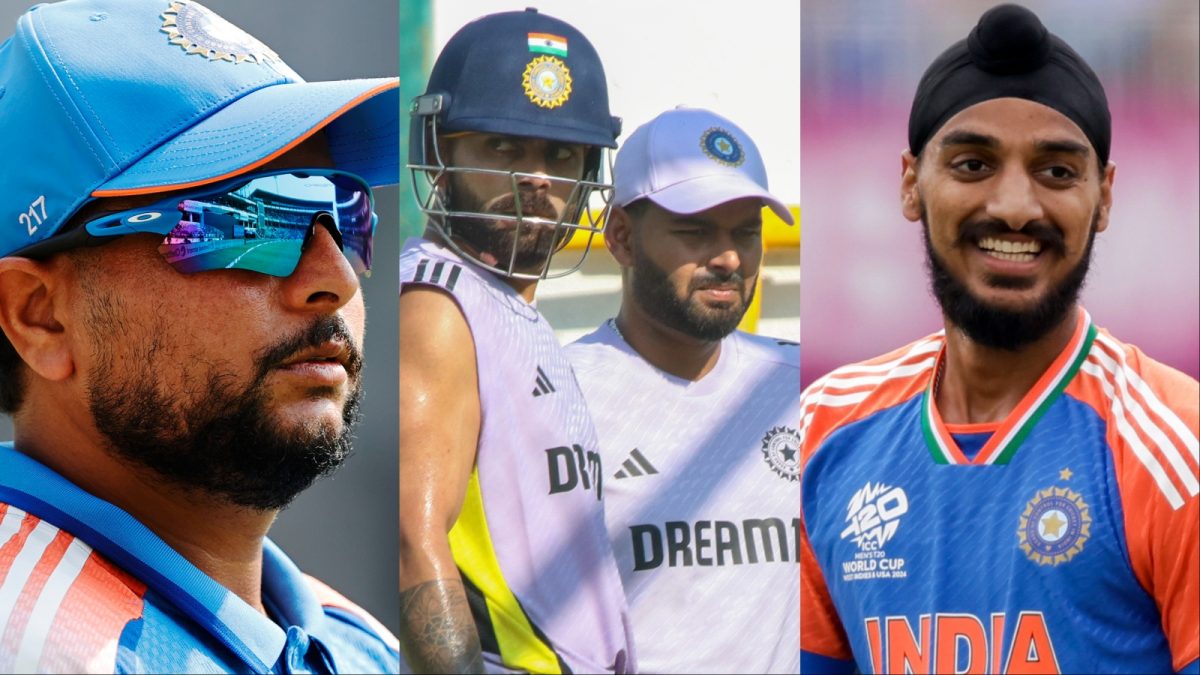 |
|
The Indian cricket team is poised to face England in the third and final One Day International (ODI) match of their home series. Having already secured an unassailable 2-0 lead, India is now in a position to experiment with their lineup, providing opportunities for players who have yet to feature prominently in the series. The focus is shifting towards providing playing time to key players before their departure for the ICC Champions Trophy 2025, scheduled to commence in Dubai on February 15th. This strategic decision by the team management allows for a valuable assessment of bench strength and player readiness ahead of a major international tournament. The upcoming match is particularly significant for players like Rishabh Pant, Arshdeep Singh, Kuldeep Yadav, and Washington Sundar, all of whom have either been rested or haven't had the opportunity to participate so far in this series. Their inclusion in the anticipated playing eleven signals a potential shift in strategy and a chance to observe their performance under match conditions.
The inclusion of Rishabh Pant is expected to see him replace KL Rahul as wicketkeeper-batter. This substitution offers a valuable chance to test Pant's current form and his suitability for the role within the team dynamics. Pant's powerful hitting and experience would be a significant asset, providing depth in the batting order. Meanwhile, the potential inclusion of Arshdeep Singh, a skilled fast bowler, along with Kuldeep Yadav and Washington Sundar aims to bolster the bowling attack. Arshdeep's pace and accuracy are much sought-after attributes while Kuldeep’s mystery spin and Sundar’s all-round capabilities provide a balanced mix of skills, particularly well-suited to the conditions in Ahmedabad. The inclusion of these players might mean the exclusion of prominent players such as Mohammed Shami, Axar Patel, and Ravindra Jadeja. These changes highlight a proactive approach to team management which prioritizes giving fringe players a chance while still retaining the strength of the core team.
The venue for the final ODI, Narendra Modi Stadium in Ahmedabad, holds particular significance for the Indian team. The stadium's history is rich with both triumphant victories and painful defeats. The memory of their defeat in the ODI World Cup 2023 final against Australia in the same venue on November 19, 2023, serves as a potent reminder of the importance of maintaining focus and applying pressure to the opposition regardless of the existing series score. The match provides not just a chance for fringe players to prove their capability, but also for established players like Virat Kohli to build momentum and demonstrate continued skill and leadership going into the Champions Trophy. While speculation remains over the potential inclusion of Yashasvi Jaiswal, this third ODI promises a dynamic and unpredictable encounter, with the potential to significantly impact the team's composition for upcoming tournaments.
The likely playing XI that many analysts predict is: Rohit Sharma (C), Shubman Gill, Virat Kohli, Shreyas Iyer, Rishabh Pant (WK), Hardik Pandya, Washington Sundar, Harshit Rana, Kuldeep Yadav, Arshdeep Singh, and Varun Chakaravarthy. This lineup represents a balanced mix of established stars and promising newcomers, suggesting a strategic approach by the team management. The decision to include or exclude certain players hinges on various factors, including individual form, team balance, and the need to assess players ahead of the crucial Champions Trophy. The management's focus on utilizing the opportunity to try different player combinations will provide invaluable data, helping them shape the best possible team lineup for the prestigious tournament. This balance between ensuring a win and assessing player potential demonstrates strategic thinking in the long term preparation for the coming challenges.
The third ODI against England offers a unique opportunity for the Indian team to refine their strategies and evaluate their player pool. The management’s bold move to test bench strength in an already won series indicates a keen awareness of the future challenges that lie ahead. The focus is less on achieving a 3-0 victory, and more on maximizing the potential of their team, both established and emerging players alike. The decision-making process is not just about who plays this match, but about who can successfully deliver under pressure in the upcoming ICC Champions Trophy. The decisions made will undoubtedly shape the Indian team's approach for future matches and highlight the dynamic nature of cricket's ever-evolving environment. The upcoming match serves as a valuable testing ground for both players and the coaching staff's strategies.
